Talk Overview
Cleaning a Microscope: Dirt in the microscope degrades image quality. This video explains how an understanding of the optical path helps you find where the dirt is located.
Speaker Bio
Steve Ross
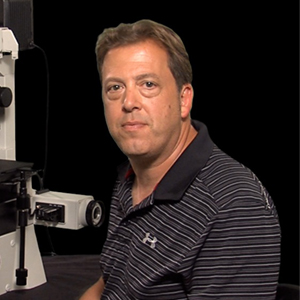
Stephen Ross is the General Manager of Product and Marketing at Nikon Instruments. He is also very involved in teaching microscopy at the Marine Biological Laboratory in Woods Hole and at the Bangalore Microscopy Course at the National Centre for Biological Sciences. Continue Reading
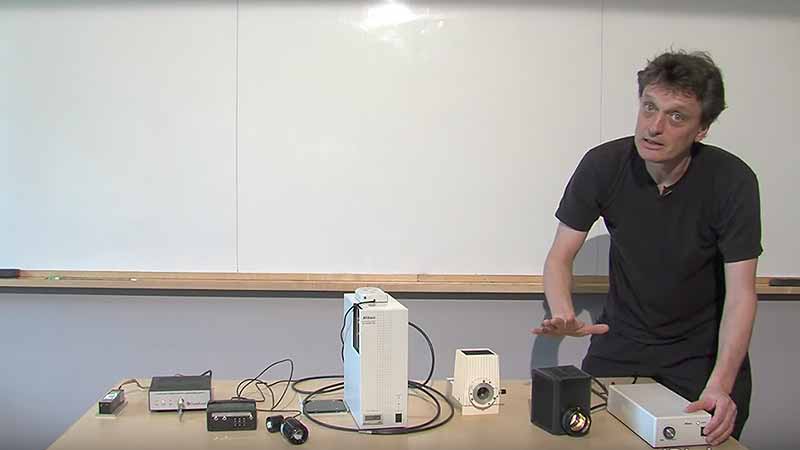
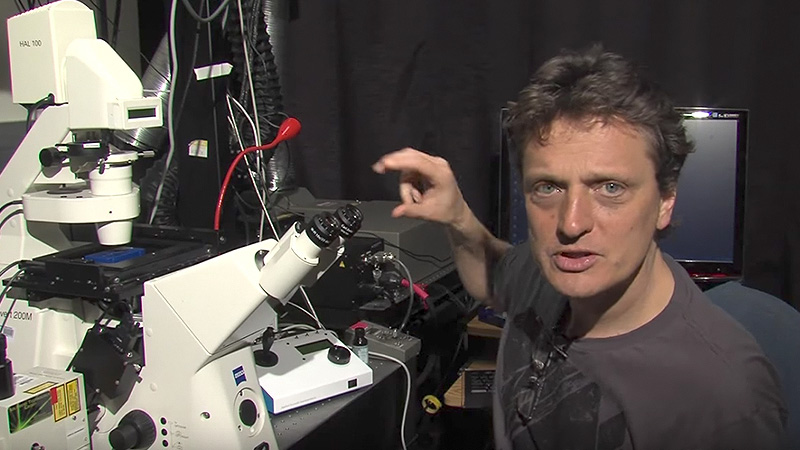
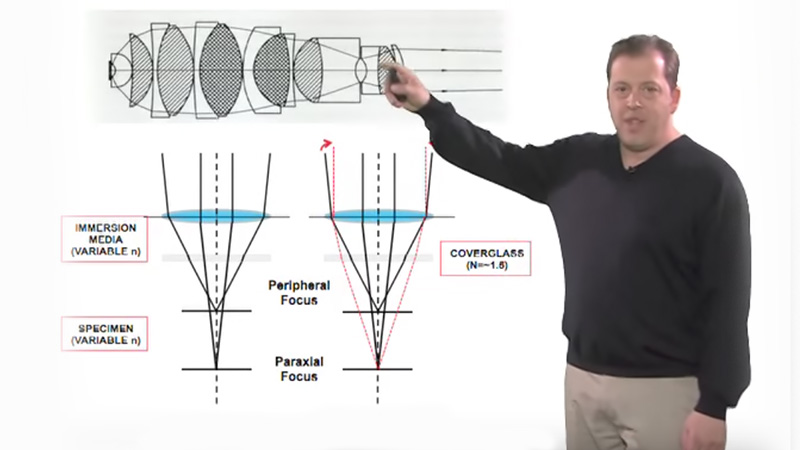
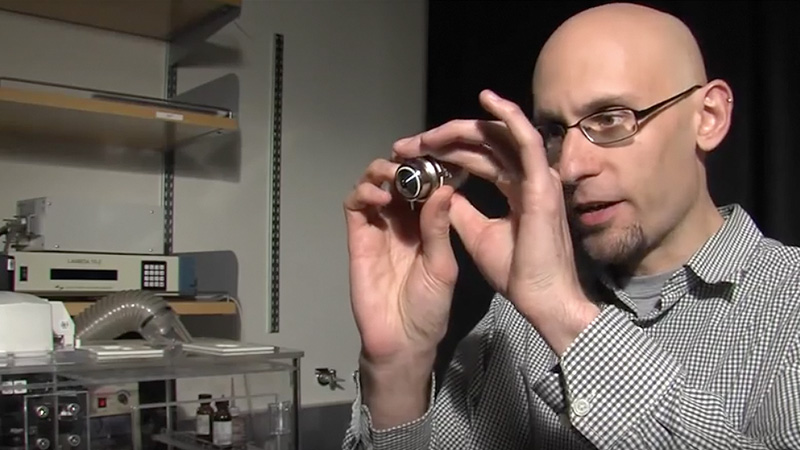





Leave a Reply